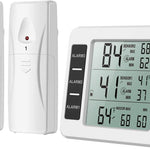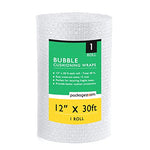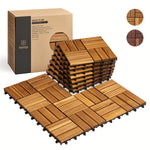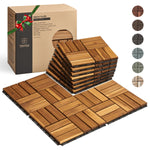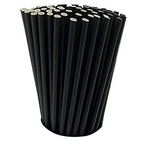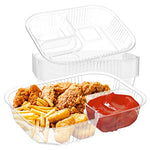You have no items in your shopping cart.
Are you tired of your kitchen smelling bad due to the trash can? Do you want to find a solution to make your trash can more efficient and aesthetically pleasing? Look no further, as this guide will provide you with all the necessary information on how to make the best kitchen trash can. From choosing the right materials to proper maintenance, we’ve got you covered.
The kitchen is the heart of any home, but it can quickly become a breeding ground for unpleasant odors due to the trash can. The good news is that with a little effort and creativity, you can make a trash can that not only functions well but also adds to the overall aesthetic of your kitchen. In this article, we will discuss the steps you can take to make the best kitchen trash can, including the choice of materials, design considerations, and maintenance tips.
How to Make the Best Kitchen Trash Can?
The key to making the best kitchen trash can is to focus on two main areas: functionality and aesthetics. A good trash can should be easy to use, easy to clean, and should keep odors at bay. At the same time, it should blend in with the overall design of your kitchen and add to its appeal.
Choosing the Right Materials
When it comes to choosing the right materials for your kitchen trash can, you have several options. The most common materials used for trash cans are plastic, metal, and wood. Each of these materials has its pros and cons, and your choice will depend on your specific needs.
Plastic trash cans are the most popular option due to their affordability, durability, and ease of cleaning. However, they may not be the most environmentally friendly option.
Metal trash cans are a bit more expensive than plastic ones, but they are also more durable and resistant to damage. They also tend to look more elegant and sophisticated.
Wooden trash cans are a great option for those who want a more rustic look in their kitchen. They are also eco-friendly, as they can be made from sustainable materials. However, they require more maintenance and may not be as durable as plastic or metal trash cans.
Design Considerations
Once you have chosen the right materials for your kitchen trash can, it's time to think about the design. A good trash can should be easy to use, meaning that it should be easy to open and close, and it should also be easy to clean. Here are some design considerations to keep in mind:
-
Size: The size of your trash can will depend on the size of your kitchen and the amount of waste you generate. Make sure to choose a size that is appropriate for your needs.
-
Lid: The lid of your trash can should fit snugly to prevent odors from escaping. It should also be easy to open and close.
-
Foot pedal: A foot pedal is a great feature to have in a trash can, as it allows you to open the lid without using your hands. This is especially useful when your hands are full.
-
Aesthetics: Your trash can should blend in with the overall design of your kitchen. Consider the color, shape, and texture of the materials you choose.
Maintenance Tips
Proper maintenance is essential to keep your kitchen trash can functioning well and looking good. Here are some tips to keep in mind:
-
Clean your trash can regularly using a mild detergent and warm water.
-
Disinfect your trash can using a solution of water and vinegar or bleach.
-
Line your trash
-
Use a trash bag to line your trash can, as this makes it easier to remove the garbage and clean the can.
-
Replace your trash bag regularly to prevent odors from building up.
-
Avoid putting hot or liquid waste directly into the trash can, as this can cause it to smell.
-
If your trash can has a filter, make sure to replace it regularly to keep odors at bay.
By following these maintenance tips, you can ensure that your kitchen trash can stays clean, hygienic, and odor-free.
FAQs
-
How often should I clean my kitchen trash can? A: You should clean your kitchen trash can at least once a week to prevent odors from building up.
-
Can I use a plastic trash can for composting? A: Yes, you can use a plastic trash can for composting. However, make sure to drill holes in the bottom and sides to allow for proper drainage and aeration.
-
What should I do if my trash can starts to smell? A: If your trash can starts to smell, try cleaning it with a solution of water and vinegar or bleach. You can also sprinkle baking soda at the bottom of the can to absorb odors.
-
Can I use a wooden trash can outside? A: Wooden trash cans are not recommended for outdoor use, as they are prone to damage from moisture and sunlight.
-
Is it important to choose a trash can that matches my kitchen décor? A: While it's not necessary, choosing a trash can that matches your kitchen décor can add to the overall aesthetic appeal of your kitchen.
-
What size trash can should I choose for a family of four? A: For a family of four, a 10-13 gallon trash can should be sufficient.
Conclusion
In conclusion, making the best kitchen trash can is all about finding the right balance between functionality and aesthetics. By choosing the right materials, considering design factors, and following proper maintenance tips, you can create a trash can that not only works well but also looks great. Remember to choose a size that is appropriate for your needs, and always keep your trash can clean and odor-free. With these tips, you can say goodbye to unpleasant odors and hello to a cleaner, more organized kitchen.
-


